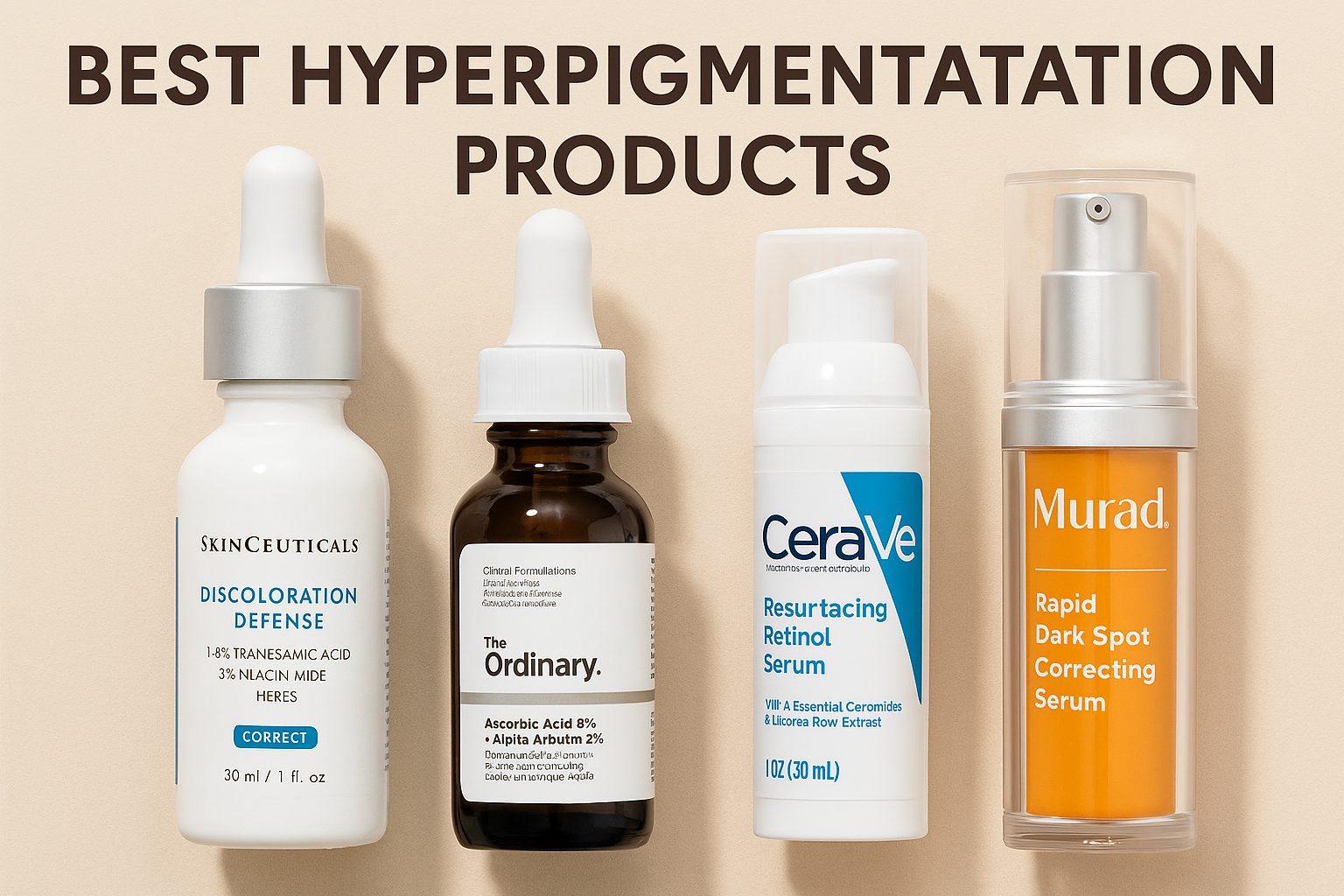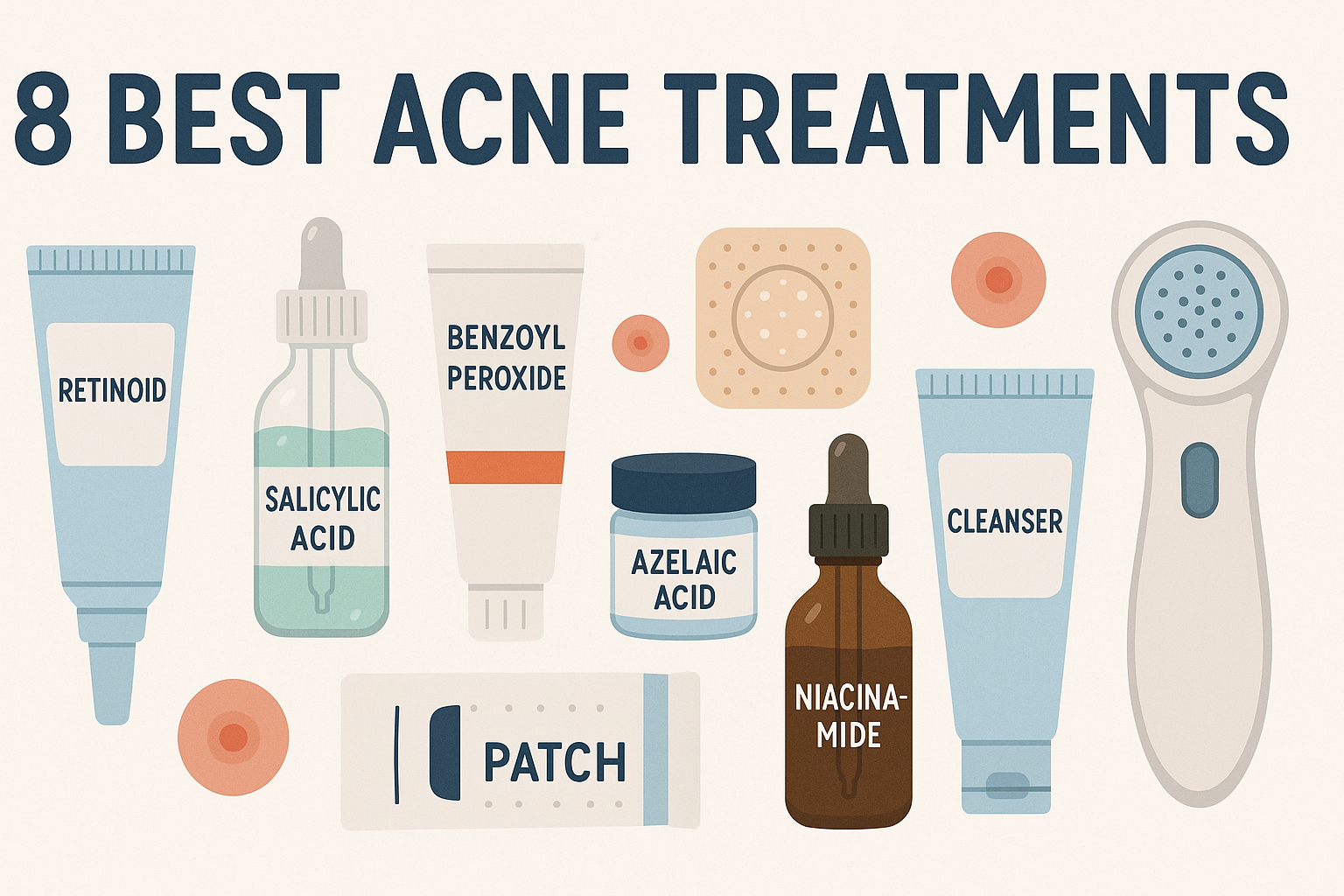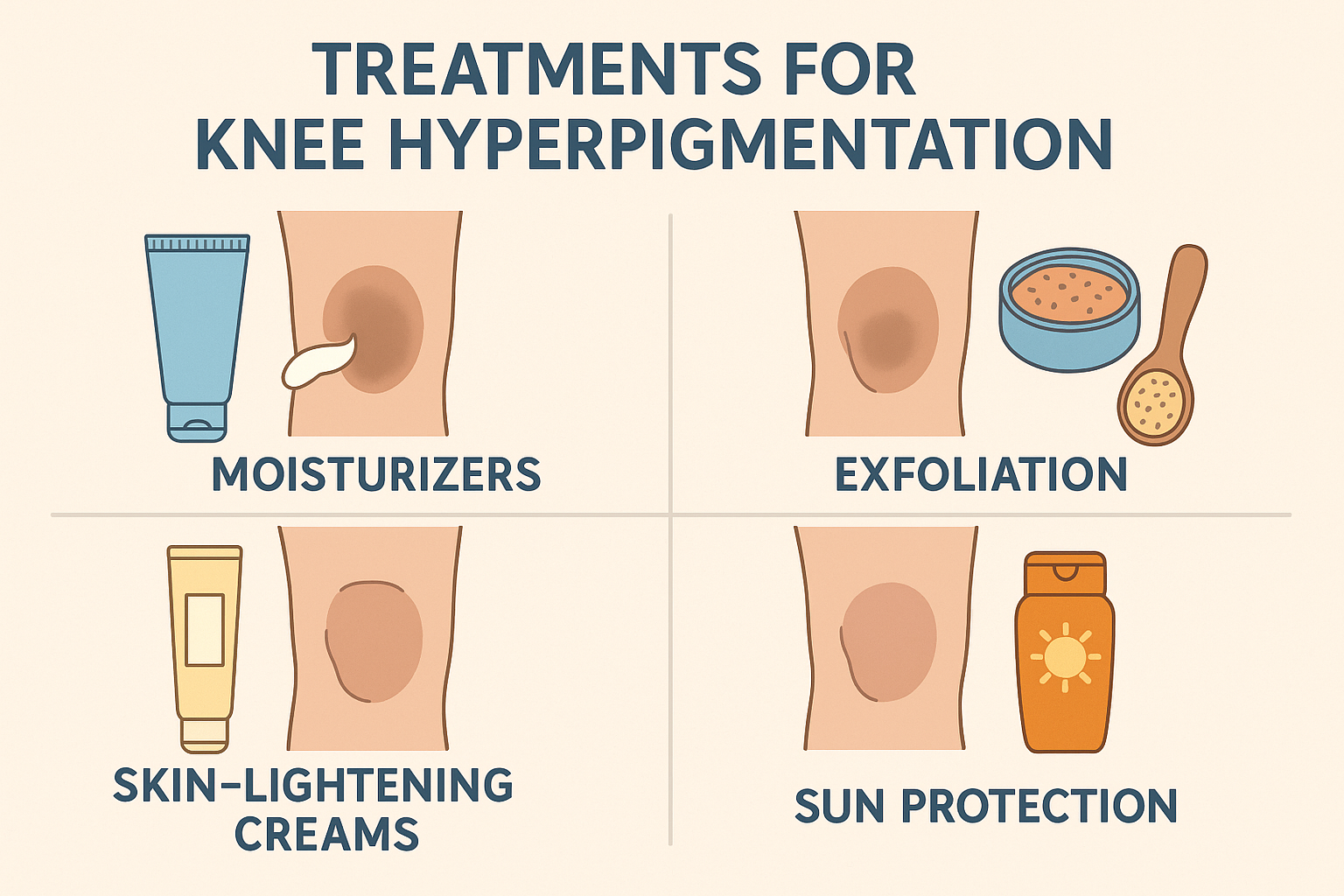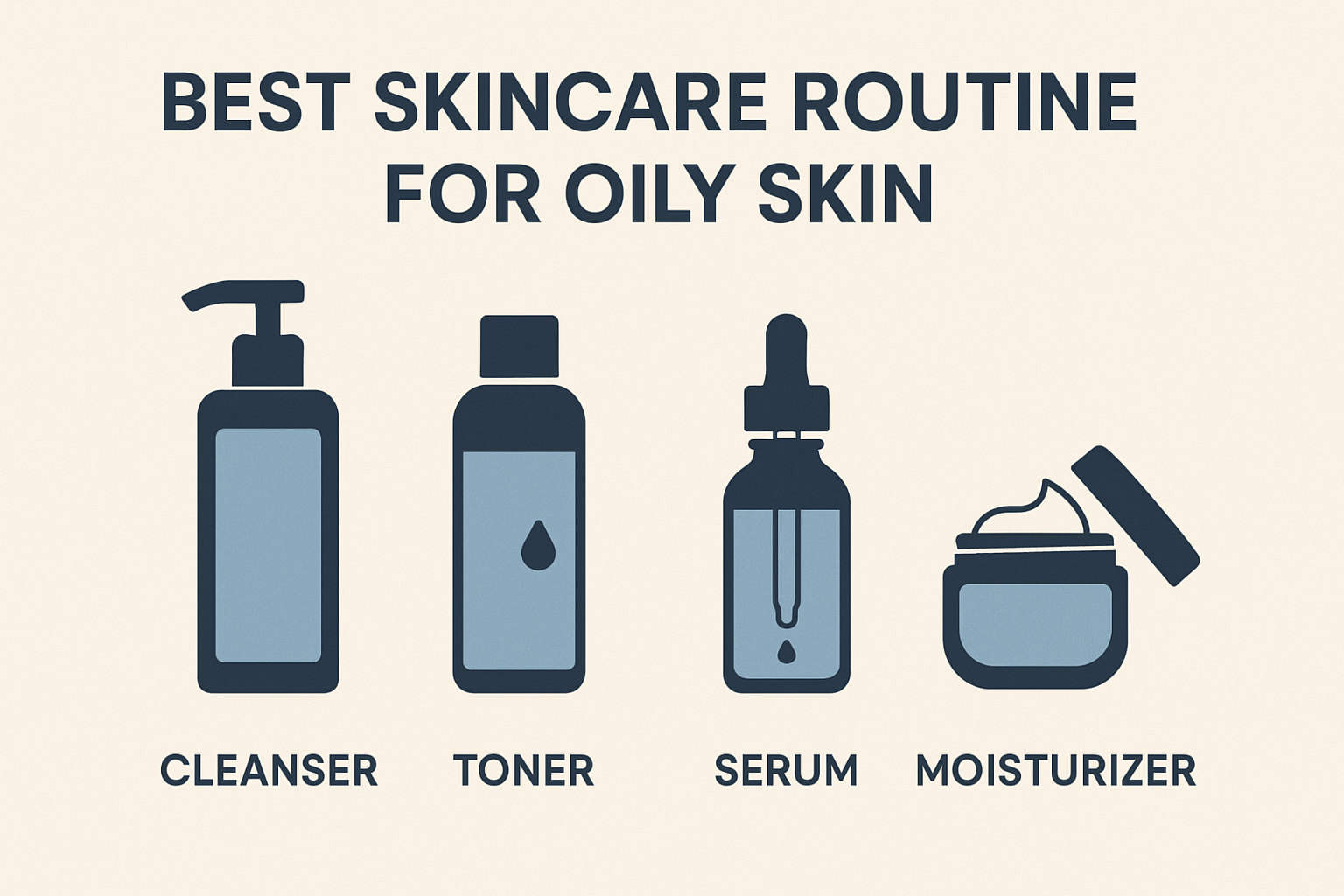What Causes Acne Scars? Effective Ways to Treat and Prevent Them

Severe acne breakouts not only cause pain and discomfort but can also leave scars that affect the skin’s appearance. Acne scars form as the skin’s natural response to inflammation and tissue damage, often triggered by inflamed pimples or improper squeezing.
Medically, acne scars are classified into several types, including atrophic scars (such as ice pick, boxcar, and rolling scars) and hypertrophic or keloid scars.
Treatment for acne scars should be tailored to the type and severity of the scarring. Options include topical treatments with active ingredients like retinoids and salicylic acid, as well as dermatological procedures such as microneedling, chemical peels, and fractional CO2 laser therapy. These treatments aim to stimulate collagen production and improve skin texture. In some cases, steroid injections or dermal fillers are used to reduce the appearance of scars.
According to board-certified dermatologists like Dr. Joel Kopelman and Dr. Sara Hogan, the key to effectively treating acne scars lies in accurate diagnosis and choosing the right therapy. Prevention remains the best approach—keeping the skin clean, avoiding picking at pimples, and using non-comedogenic products.
With the right scientific approach and guidance from a specialist, acne scars can be significantly reduced, or even eliminated, resulting in healthier, more even-looking skin.
What Causes Acne Scars?
Acne scars generally form as a result of severe inflammation that occurs when an acne lesion becomes inflamed, especially if the pimple is aggressively squeezed.1Acne scars: causes, diagnosis, types & treatment. Cleveland Clinic. According to Dr. Sara Hogan, the severity of acne scars largely depends on the skin’s natural healing response and genetic factors that determine an individual’s tendency to form scar tissue.
Cystic acne, known as the most inflammatory type of acne, often leads to deep skin tissue damage. Dr. Joel Kopelman explains that intense inflammation disrupts the skin’s regeneration process. During healing, the body produces collagen—a key protein that helps repair damaged tissue. However, the balance of collagen production is crucial.
If the body produces too little collagen, the skin heals by forming depressions or indentations, known as atrophic scars (such as ice pick and boxcar scars). On the other hand, if collagen is produced excessively, hypertrophic or keloid scars can form, which are raised, thick scars on the skin’s surface.
Understanding this biological process is important for determining effective acne scar treatments—both topical and procedural—to ensure the best and safest results for each skin type.
Types of Acne Scars
Dermatologically, acne scars are classified into two main categories: depressed (atrophic) scars and raised (hypertrophic) scars. This classification is based on how the skin reacts during the healing process after acne inflammation.
- Depressed Acne Scars (Atrophic Scars)
This type is the most common and occurs when the skin loses collagen due to acne inflammation, but the body fails to replace it adequately. As a result, the skin tissue shrinks inward, creating indentations. Depressed scars are further divided into several subtypes, such as:
- Ice Pick Scars: Narrow, deep indentations resembling needle punctures.
- Boxcar Scars: Wide indentations with sharp edges.
- Rolling Scars: Shallow indentations with a wavy contour.
- Raised Acne Scars (Hypertrophic Scars)
These scars form due to excessive collagen production during the healing phase. Instead of creating a flat skin surface, collagen accumulates, resulting in raised scar tissue. Hypertrophic scars often appear on areas like the chest, back, or jawline and can develop into keloids.
Understanding the type of acne scars is essential for selecting the appropriate treatment method, as each type requires a different approach—ranging from topical therapies to advanced dermatological procedures.
Types of Atrophic Acne Scars: Ice Pick, Boxcar, and Rolling Scars
Atrophic acne scars form due to deep skin tissue damage caused by inflammation, leading to significant collagen loss. These scars make the skin appear sunken or pitted.Acne scars: Signs and symptoms. Here are the three main subtypes of atrophic acne scars commonly seen:
- Ice Pick Scars
These scars are named ice pick because their shape resembles a sharp object piercing the skin. According to Dr. Sara Hogan, ice pick scars are very narrow but deep, penetrating into the dermis layer. This type typically appears on the cheeks and is difficult to treat with regular topical treatments, often requiring procedures such as punch excision or laser therapy.
- Boxcar Scars
Dr. Hogan explains that boxcar scars are wide depressions with sharp edges and corners. Dr. Joel Kopelman adds that they resemble small boxes, and their depth can vary. These scars often result from inflamed acne that damages collagen horizontally beneath the skin’s surface.
- Rolling Scars
Rolling scars have a wave-like appearance on the skin, caused by fibrous bands beneath the surface that pull the skin downward. These scars tend to be shallower but more widespread, creating uneven skin texture.
Understanding the different types of atrophic scars is crucial for determining the most effective treatment strategy.
Types of Raised Acne Scars: Papular, Hypertrophic, and Keloid Scars
In addition to atrophic acne scars that are sunken, some individuals experience raised acne scars due to excessive collagen production during the skin’s healing process. Here are the three main types of raised acne scars to recognize:
- Papular Scars
According to Dr. Sara Hogan, papular scars appear as small dome-shaped bumps resembling layered stones. These scars are usually the same color as the surrounding skin and commonly appear in areas with active oil glands, such as the nose and chin. While they don’t cause pain, their texture can make the skin surface appear uneven.
- Hypertrophic Scars
Dr. Hogan explains that hypertrophic scars are thick, rigid, and protrude above the skin surface. Their color can resemble the surrounding skin, be pink, or brown. Dr. Joel Kopelman adds that these scars are confined to the area of the original acne lesion and frequently appear on areas like the jawline, shoulders, upper back, and chest. They are the skin’s response to deep wounds and chronic inflammation.
- Keloid Scars
Similar to hypertrophic scars, keloids extend beyond the original acne wound. These scars grow invasively and are often larger than the initial lesion. Keloids typically form in the same areas as hypertrophic scars but are more difficult to treat and prone to recurrence.
Identifying the type of raised acne scar is crucial for selecting the right treatment, such as corticosteroid injections, laser therapy, or pressure therapy.
Acne Scar Treatment: A Scientific Approach Based on Scar Type
Acne scars can be treated using various methods depending on their type and severity. An effective approach often involves a combination of techniques to maximize results and improve the overall texture of the skin.
- Chemical Peels
Chemical peels use a chemical solution to remove the outermost layer of skin. According to Dr. Kopelman, this procedure is suitable for mild to moderate acne scars. The peeling process stimulates cell turnover, revealing smoother, more even skin.
- Laser Resurfacing
Laser technology, such as fractional CO2, works by removing damaged skin layers and stimulating the production of new collagen. It is particularly effective for atrophic scars like rolling or boxcar scars, as it helps smooth the skin’s surface and speeds up cell regeneration.
- Microneedling
Microneedling involves creating tiny punctures in the skin with fine needles, triggering the body’s natural healing response and collagen production. Dr. Kopelman mentions that this technique can gradually improve scars by 50-70%, particularly for depressed acne scars.
- Subcision
This procedure targets rolling scars that are tethered by fibrous tissue. A needle is inserted beneath the skin to break the fibrous bands pulling the skin downward, allowing the skin’s surface to naturally lift.
- Dermal Fillers
For deep boxcar or rolling scars, fillers like hyaluronic acid are injected to fill the indentations and instantly restore volume to the skin.
- Corticosteroid Injections
Steroid injections are used to shrink hypertrophic and keloid scars. The medication works by reducing inflammation and suppressing excess collagen production.
- TCA CROSS
This technique is effective for ice pick and boxcar scars. It involves applying high-concentration trichloroacetic acid (TCA) directly to the base of the scar, stimulating local healing and gradually making the scar shallower over time.
The choice of treatment should be tailored to the skin’s condition and scar type, and performed by a medical professional to ensure optimal and safe results.
How to Prevent Acne Scars
Preventing acne scars starts with quick and appropriate management of acne. According to Dr. Joel Kopelman, the earlier acne is treated, the lower the chance of severe inflammation that can lead to permanent scarring. Inflammatory lesions like cysts and nodules carry the highest risk of scarring due to deep inflammation that damages the dermal structure.
An important step in preventing scars is avoiding the habit of squeezing or touching acne, as physical pressure can worsen inflammation and damage skin tissue, increasing the likelihood of both atrophic and hypertrophic scars.
In some cases, early intervention can be a highly beneficial proactive strategy. Dr. Kopelman suggests using laser therapy even while acne is still active. This approach aims to reduce inflammation as early as possible, stimulate tissue regeneration, and speed up the healing process, thus lowering the risk of long-term scarring.
Equally important, consulting with a licensed dermatologist will help create a personalized treatment protocol tailored to the skin type, acne severity, and scarring history. A targeted, medically-based approach is crucial for preserving skin integrity and preventing the long-term effects of acne.
Conclusion
Acne scars can certainly affect appearance and self-confidence, but the good news is—they don’t have to be permanent. With the right combination of approaches, acne scars can be minimized or even eliminated.
The first important step is to consult with a licensed dermatologist. A dermatologist will help identify the type of acne scars you have and the underlying causes—whether they are due to untreated acne, chronic inflammation, or the habit of picking at pimples.
Once the cause is understood, you and your doctor can develop a personalized treatment plan, ranging from topical treatments to dermatological procedures like laser therapy, microneedling, or chemical peels. The key to successful treatment is consistency and patience, as optimal results often appear gradually.
Beyond that, it’s also important to take preventive steps to avoid new scars from forming. This includes actively managing acne, avoiding skin trauma, and using appropriate skincare.
With the right care and professional medical support, acne scars are not the end of the road—healthy, smooth skin is still within reach.
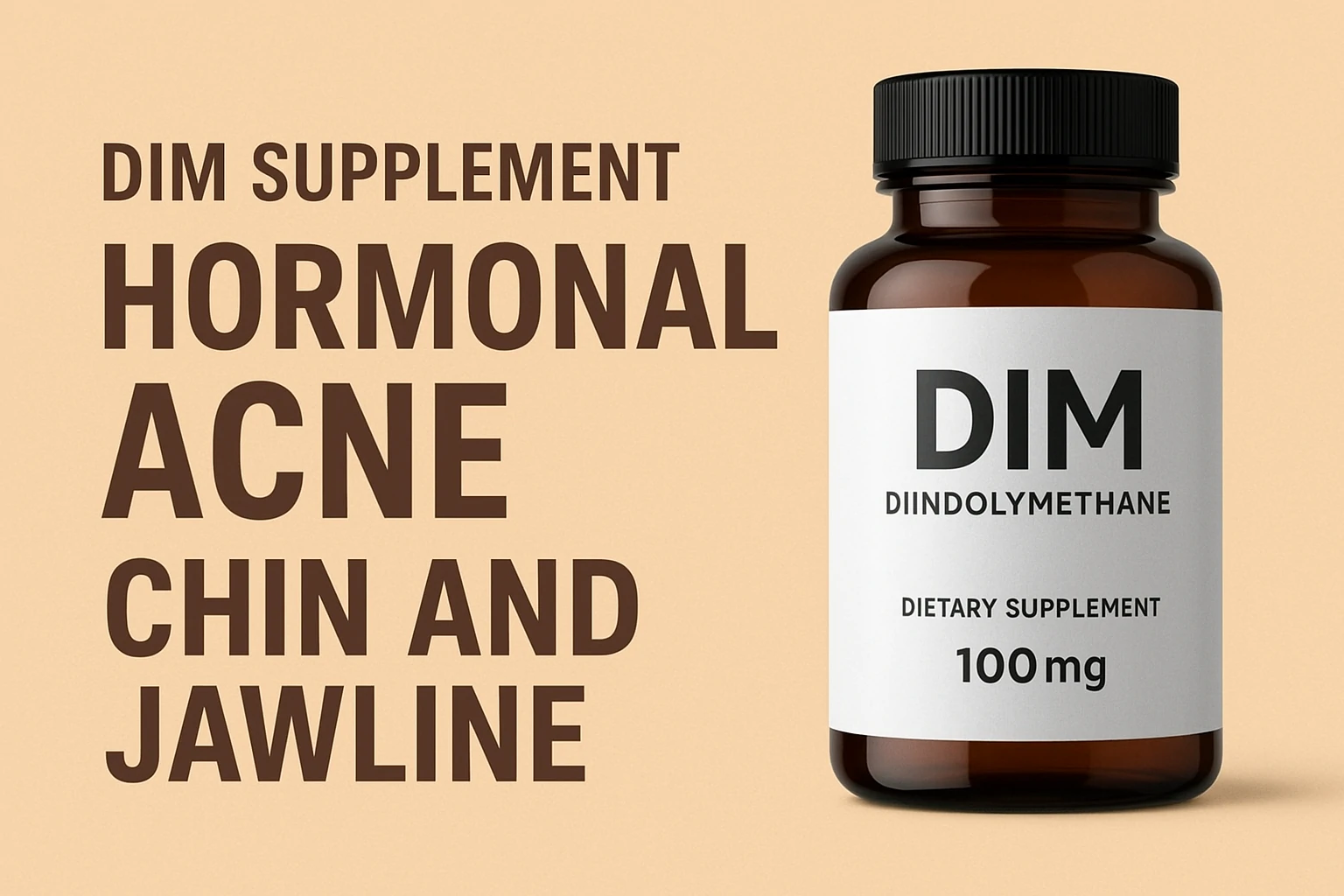



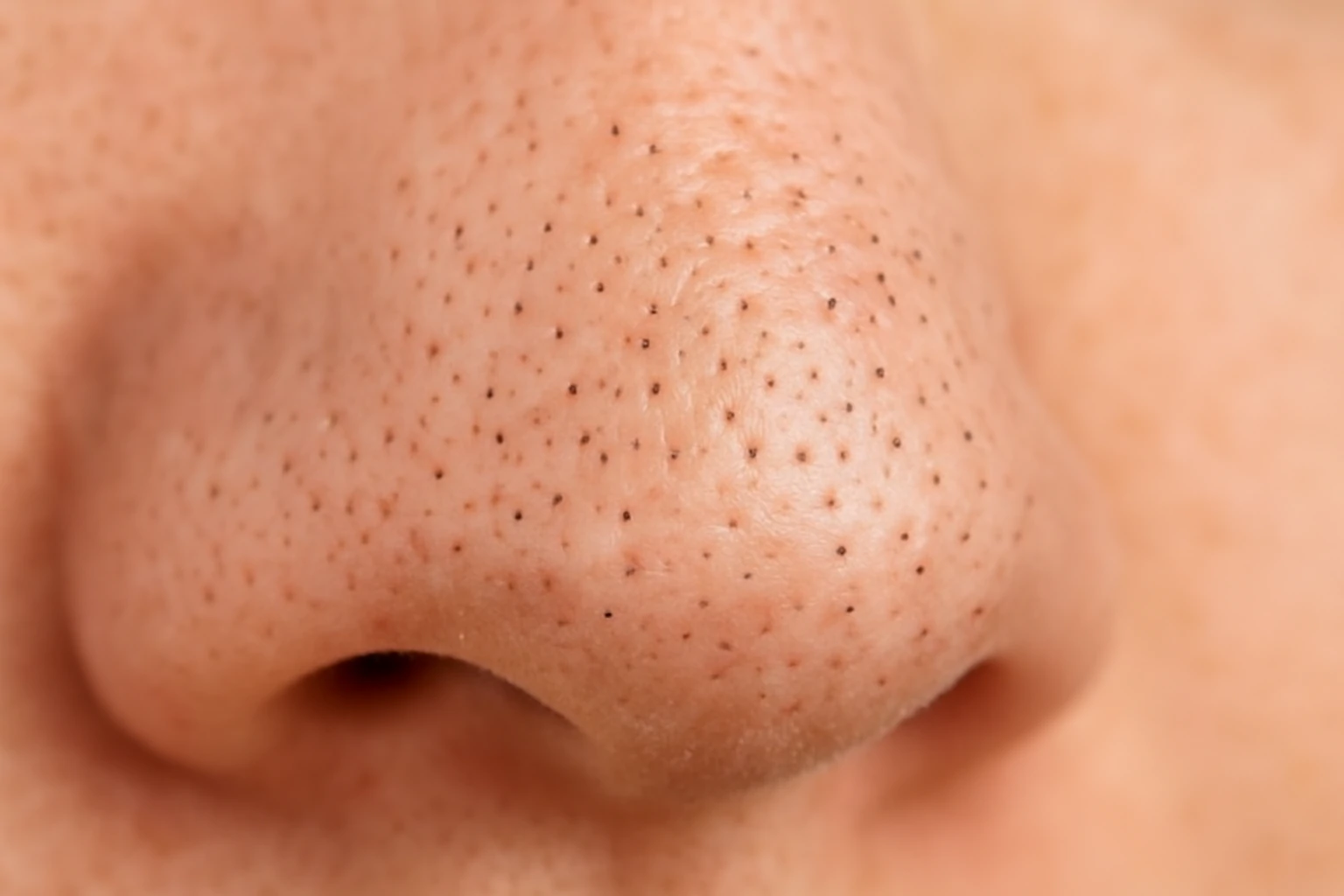
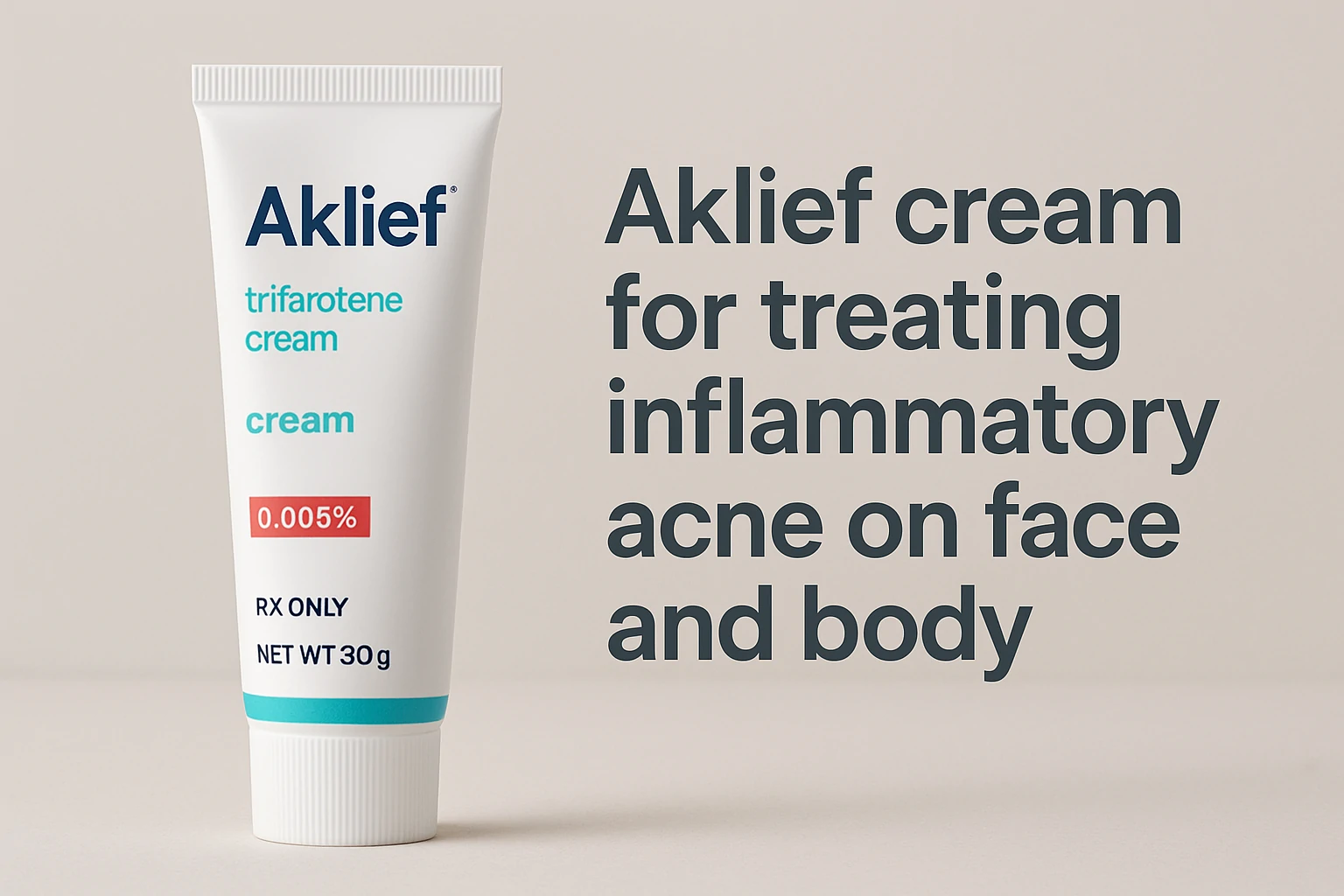
 Acne
Acne Anti-Aging
Anti-Aging Business
Business Digital Marketing
Digital Marketing Economics
Economics Exfoliation
Exfoliation Movies
Movies Personal Finance
Personal Finance Websites
Websites
